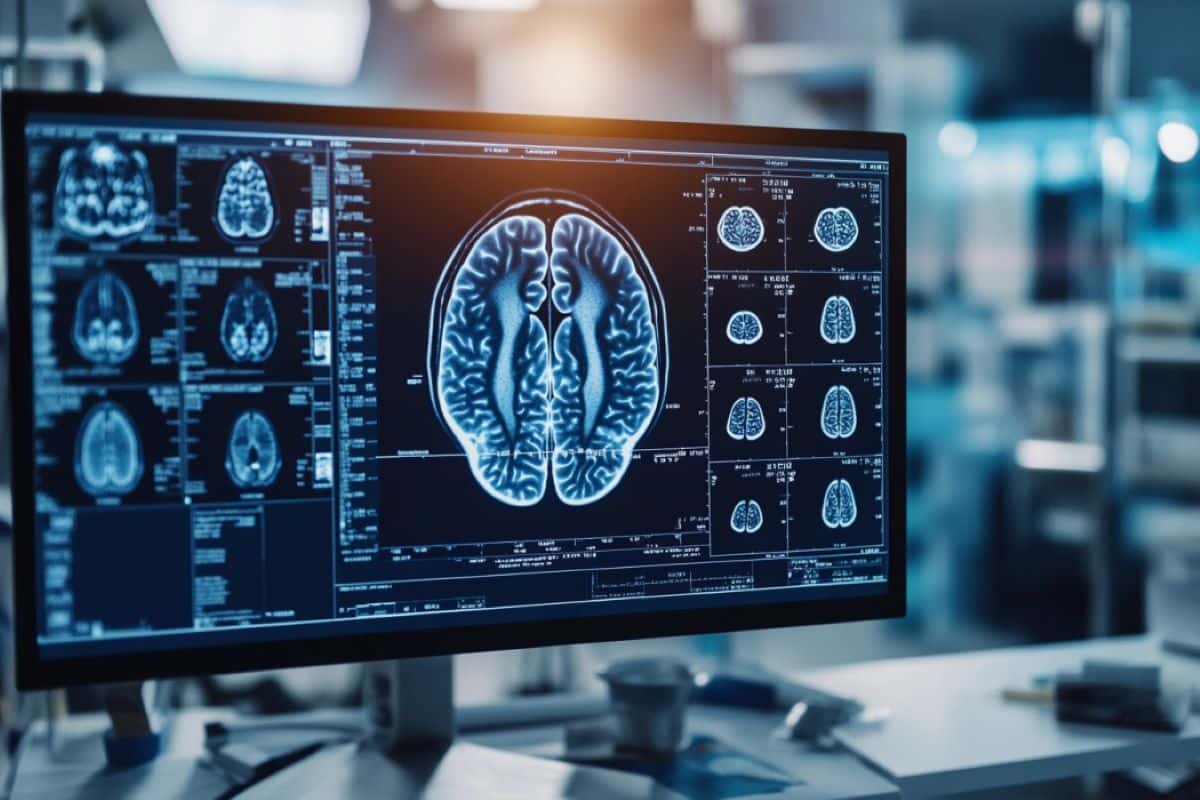FYI, Ask your competent? doctor for EXACT PROTOCOLS that will prevent your likely dementia.
With your elevated chances of dementia post stroke, your competent? doctor is responsible for preventing that! Have they taken on that responsibility? Or are they DOING NOTHING?
With your chances of getting dementia post stroke you need solutions. YOUR DOCTOR IS RESPONSIBLE FOR PREVENTING THIS!
1. A documented 33% dementia chance post-stroke from an Australian study? May 2012.
2. Then this study came out and seems to have a range from 17-66%. December 2013.`
3. A 20% chance in this research. July 2013.
4. Dementia Risk Doubled in Patients Following Stroke September 2018
The latest here:
Alzheimer’s Drug Faces Scrutiny Over Safety, Efficacy Concerns
Summary: The FDA-approved Alzheimer’s drug donanemab is under scrutiny due to concerns about its effectiveness and safety, according to an investigation. The study highlights multiple patient deaths during trials, design flaws, and the financial ties of panelists who recommended the drug’s approval.
Critics question the data used to evaluate donanemab, pointing to a misleading portrayal of the drug’s impact on Alzheimer’s progression. Additionally, the report calls attention to undisclosed financial conflicts among the FDA-appointed advisers.
Key Facts:
- Donanemab has been linked to patient deaths and adverse side effects during trials.
- Financial conflicts were found among FDA advisers who reviewed the drug.
- Claims of effectiveness may have been exaggerated by using relative differences.
Source: BMJ
The safety and effectiveness of donanemab – an Alzheimer’s drug recently approved by the US Food & Drug Administration (FDA) – is called into question in an investigation published by The BMJ today.
Journalists Jeanne Lenzer and Shannon Brownlee explore concerns not only about its effectiveness and the number of deaths among patients taking the drug, but also about financial ties to drug makers among the “independent” advisory panellists who recommended approval.
Donanemab, developed by Eli Lilly, is the latest in a new class of anti-amyloid drugs that deliver antibodies to target beta amyloid, a protein believed to cause Alzheimer’s disease.

In January 2023, the FDA denied approval of donanemab, citing a “high rate” of missing data and questioning the drug’s long term safety. The agency noted a higher rate of treatment discontinuation due to adverse events (frequently brain hemorrhage and swelling) among patients on donanemab compared with placebo, and an “imbalance” in overall deaths.
Lilly acknowledged three deaths in patients on donanemab, and an outside company it hired to obtain the missing data found two additional deaths among patients in the donanemab arm and five deaths in the placebo arm.
But Steven Goodman, an expert in clinical trial design at Stanford University, says it is not possible to assess the reliability of the new data without more details of the outside company’s methods.
“There was also no information on health outcomes in those patients other than death, nor the causes of the deaths,” he says, adding that the “failure to formally follow patients who stopped treatment was a significant design flaw, particularly when that discontinuation was partly due to adverse drug effects.”
The investigation also reveals that seven of the eight doctors appointed by the FDA to review donanemab received direct payments from drug companies.
Three had financial ties to Lilly, two had ties to Roche, Lilly’s development partner in creating a new blood test for Alzheimer’s disease, and two others have patents on amyloid antibodies, and the eighth doctor had research funding from Janssen for another Alzheimer’s drug.
Using the public database OpenPayments, members’ CVs, disclosures in published articles, and the Google patent ownership database, The BMJ found that individual advisers received up to $62 000 (£47 000; €56 000) for consulting and speaking fees and up to $10.5m in research grants from 2017 through 2023.
Asked about the extensive financial conflicts among the physician advisors found by The BMJ, the agency stated, “The FDA does not comment on matters related to individual members of an advisory committee.”
Lenzer and Brownlee also describe how the main (primary) outcome of the donanemab trials was changed during the trial from the widely accepted “clinical dementia rating scale—sum of boxes” (CDR-SB) to Lilly’s own integrated Alzheimer’s disease rating scale (iADRS).
And despite results failing to show a clinically meaningful difference between patients on the drug and placebo, Lilly stated that donanemab slowed progression of Alzheimer’s by 22%. The company has also promoted donanemab as “slowing decline by 35%.”
“That is a misleading statement,” says Alberto J Espay, a neurologist and specialist in clinical epidemiology and healthcare research at the University of Cincinnati. “That’s a relative difference that transforms a very tiny absolute difference into a number that seems impressive.”
About this Alzheimer’s disease and Donanemab research news
Author: BMJ Group Media Relations
Source: BMJ
Contact: BMJ Group Media Relations – BMJ
Image: The image is credited to Neuroscience News
Original Research: The findings will appear in BMJ
No comments:
Post a Comment